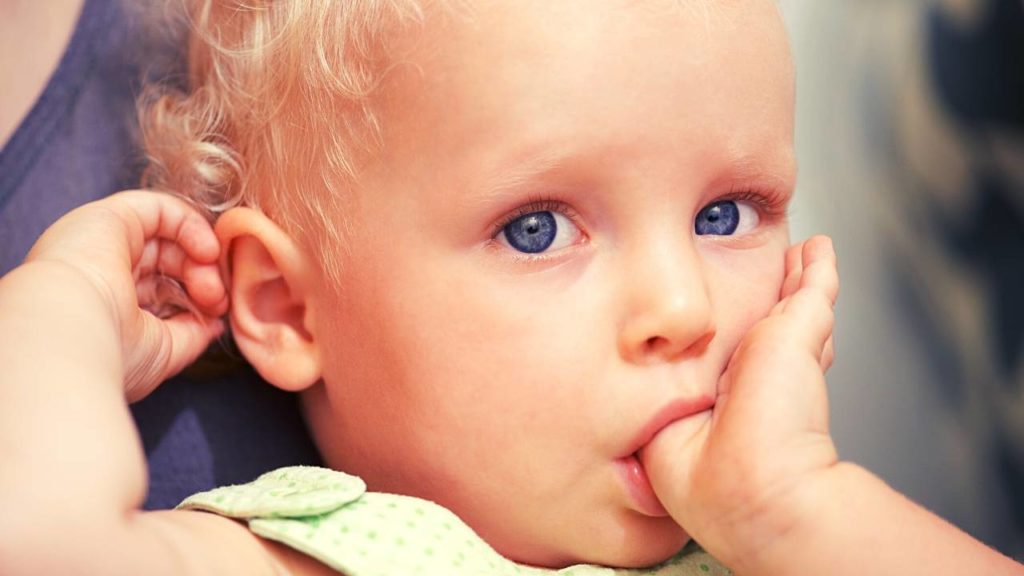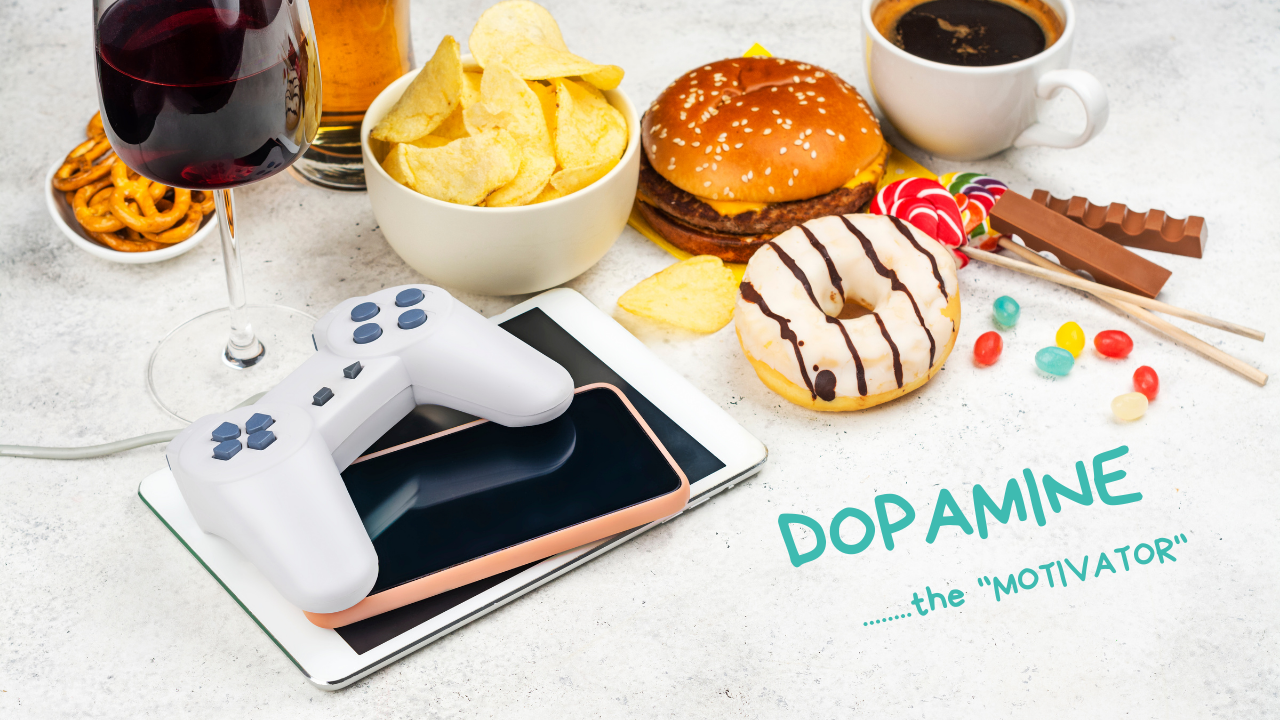Menu
What Happens in the Brains of kids who suck thumbs, fingers and pacifiers?

One of the most common questions I get asked is ‘what happens in the brains of kids who suck their thumbs, fingers and pacifiers?
Believe it or not, sucking is a bit of a chemical party for kids. When a child sucks their thumb, fingers and even a pacifier, the brain releases three main chemicals that have the effect of soothing and calming stress. So, what are these chemicals and what role do they play in establishing sucking habits in kids?
- DOPAMINE
When a child is in an environment where they would normally suck their thumb, their brain is flooded with dopamine, the “motivator” chemical. What’s fascinating about dopamine in the development of habits is that, over time, it eventually becomes triggered by the child simply being in a “sucking environment” – even before they put their thumb or finger in their mouth!

- SEROTONIN
Sometimes known as the “happy” or “wellness hormone,” serotonin is responsible for the regulation of mood, pleasure and other bodily functions like blood coagulation and body temperature. Low serotonin, which can be caused by factors such as poor sleep or diet, can convert to melatonin which initiates sleep loneliness. When this serotonin is absent or low, desperation and attention seeking behaviour can appear, sparking an increased desire in children to suck their thumb out of a need for comfort.

- ENDORPHINS
Endorphins are part of the hormone release that happens during sucking, both nutritive and non-nutritive. Usually when we think of endorphins, we think of “feeling good.” After all, it’s the euphoric “runners high” during and after a vigorous workout that comes from endorphins. That’s because endorphins are released in response to pain and stress and help to alleviate anxiety and depression. But did you know that endorphins also act as a pain relief and sedative? Similar to morphine, endorphins act as an analgesic and sedative, diminishing perception of pain. That’s why kids often use thumb sucking as a way to soothe any pain in their body. Don’t believe me? Well non-nutritive sucking is actually used by NICU nurses as first choice in pain relief for infants!

As you can see, thumb sucking is basically the equivalent of crack for kids! Over time, a pattern of behaviour develops so that the brain doesn’t even need the chemical response; just the physical act of sucking a thumb creates a “reward” that has the same effect. And just like that, the habit is formed…and even harder (but not impossible!) to break.
Share
Tweet
Share
Pin
